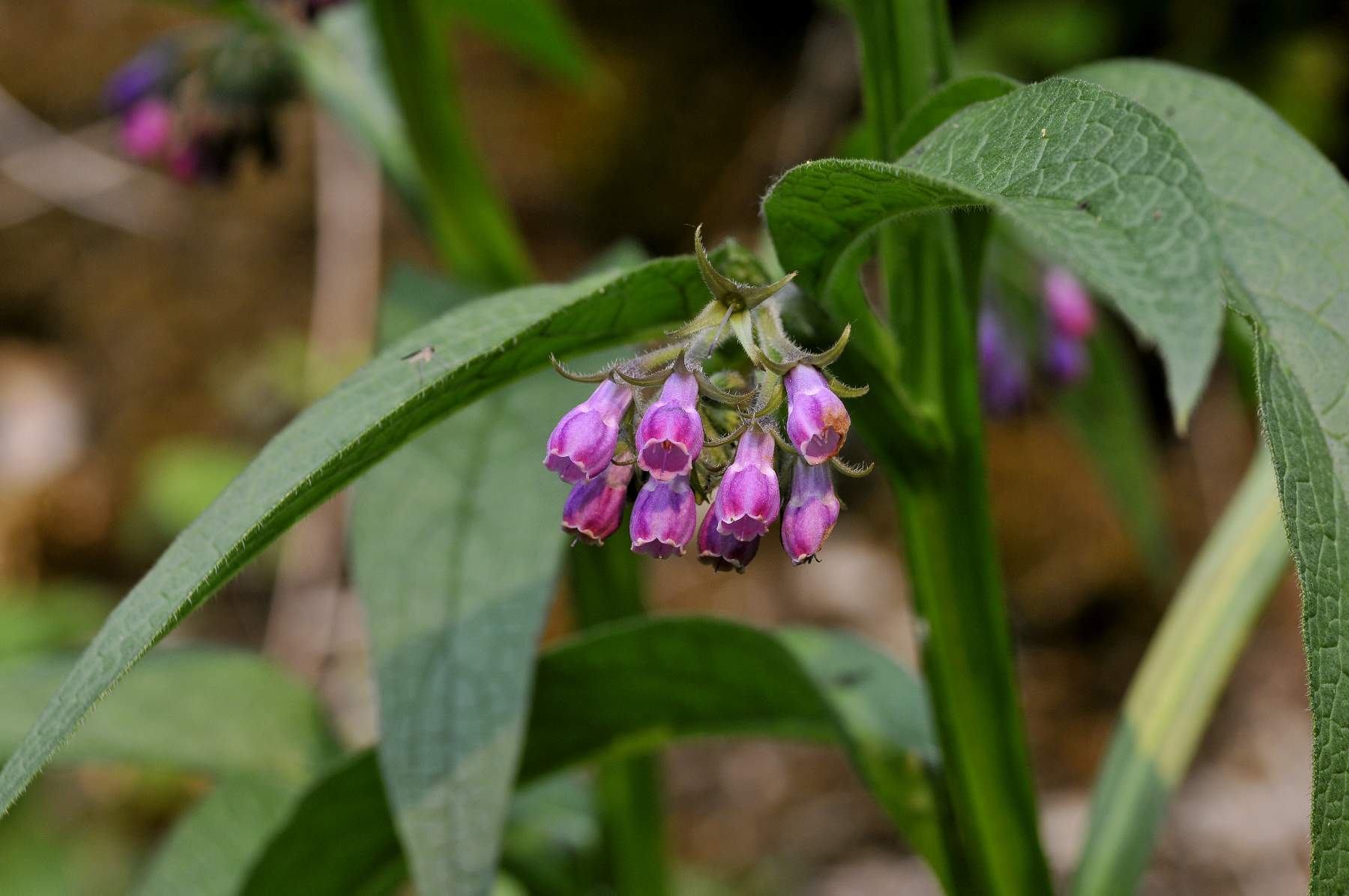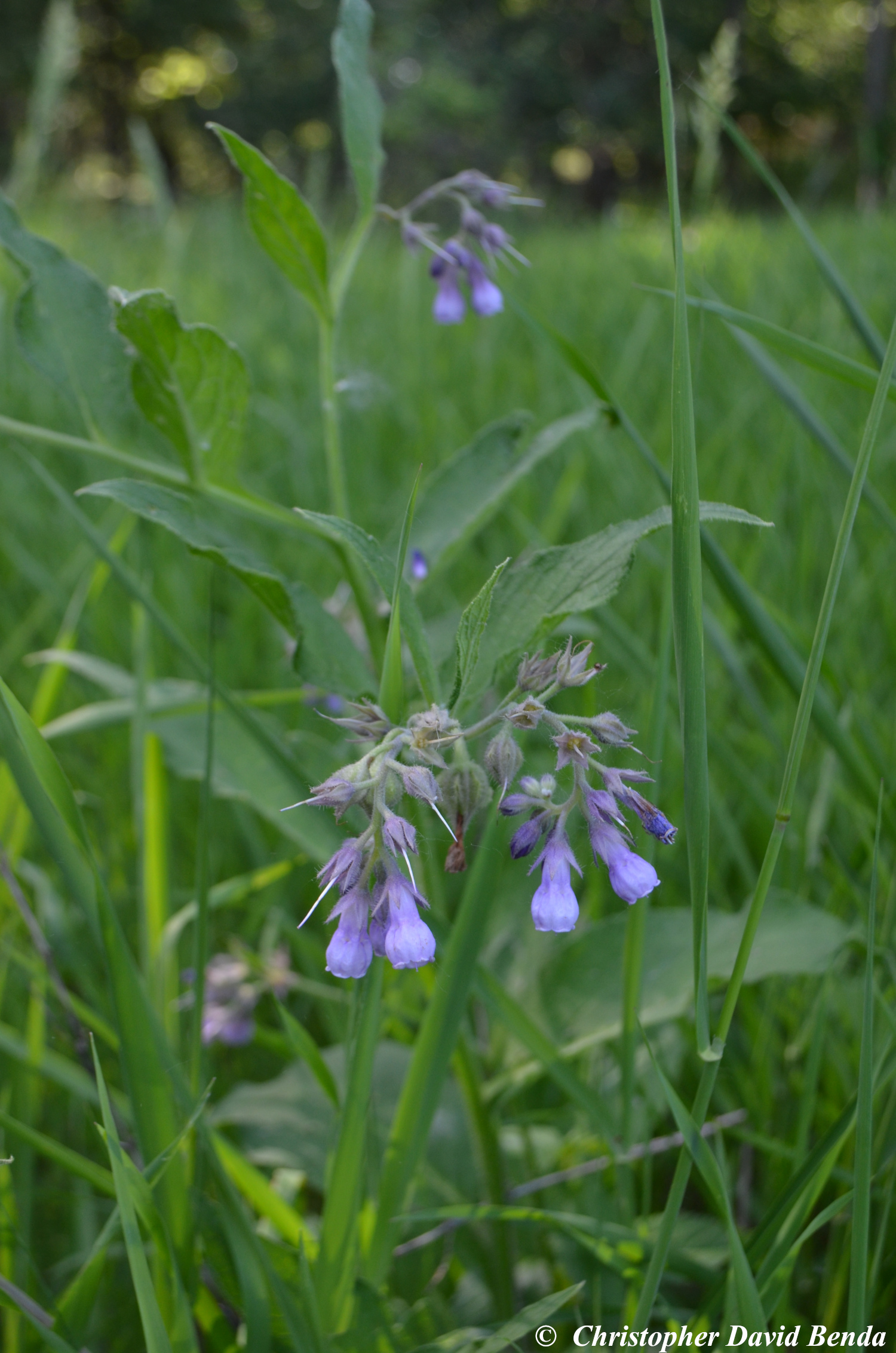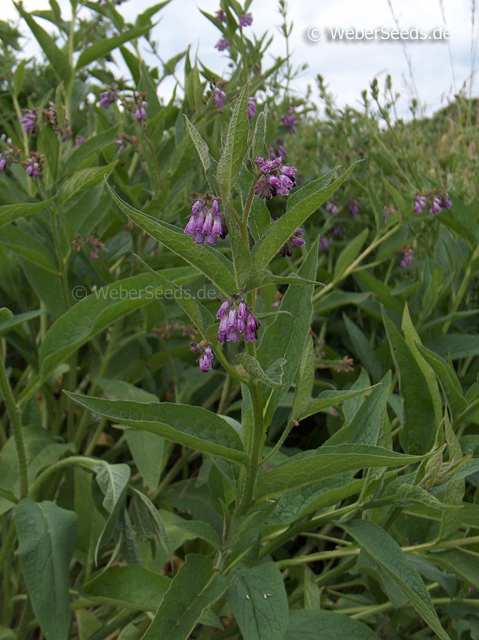

The leaf has a distinct leaf stalk (petiole) The underside of the leaf is fuzzy or hairyĪlternate: there is one leaf per node along the stem The fruits do not have thorn-like defensive structuresįinal leaf segment length (compound lvs only)įinal leaf segment length to width ratio (compound lvs only)įinal leaf segment width (compound lvs only) The plant has axile placentation, in which the ovules are attached where the septa of a compound ovary are united, usually on the central axis, or to the septa themselves
#SYMPHYTUM OFFICINALE PLANT HOW TO#
You may also enjoy the following Boraginaceae growing guides: How to grow Brunnera macrophylla and Cynoglossum plants.The anthers have narrow slits or furrows that run lengthwise along the anthers I hope that you enjoyed this guide on how to grow Symphytum. Regular watering is necessary, particularly during dry periods, and plants can benefit from regular applications of a balanced fertilizer.
#SYMPHYTUM OFFICINALE PLANT FULL#
They thrive in full sun to partial shade and prefer well-drained soil. Grow Symphytum from seeds or root cuttings, ideally in spring. The leaves and roots of certain species are used in traditional medicine. They are recognized for their bell-shaped flowers and large, hairy leaves. The Symphytum genus includes perennial plants native to Europe and Asia. To remove Symphytum, dig up the entire plant including the root system, as small fragments can result in new plants. How do I remove Symphytum plants from my garden? Always consult local regulations for the most current information. Is Symphytum invasive in the USA, if so in which states?Ĭurrently, Symphytum species are not considered invasive in the USA. Symphytum prefers locations with full sun to partial shade and rich, well-drained soil. What is the perfect location to grow Symphytum? While not typically known for their fragrance, some people find the scent of comfrey's flowers to be quite pleasant. Are members of the Symphytum plant genus fragrant? The most commonly grown species is Symphytum officinale, also known as common comfrey. Which Symphytum species are most frequently grown by gardeners? Symphytum can be a beneficial plant in the garden due to its ability to enrich soil and attract beneficial insects. Do members of Symphytum make a good garden or landscaping plant? The Symphytum genus includes about 35 species, most commonly known as comfrey.

Common Questions How many members does the Symphytum genus have? If you require more plants then they can be propagated by taking cuttings from the root in the spring, or easier still plant out divided plants when tidying up. In the autumn it is necessary to remove dead Blackwort leaves.

Divide the plants every year to stop them growing too close together. They like a moist soil so keep well watered. Caring for Symphytumīlackwort, Comfrey and other Symphytum take a little bit of caring for. Ideally they will grow in a sunny part of the garden where they will thrive: they tolerate shady conditions, and enjoy a rich soil of pH 6.5 to 7.5 that is kept moist. It is best to grow Symphytum plants from root cuttings these should be buried in autumn or early spring at about 10 to 15 cm (4 to 6 inches) deep, with a spacing of about a metre. How to grow Blackwort, Comfrey and other Symphytum Plants Considered an invasive plant in many areas. Miscellaneous: Used in traditional Austrian medicine to treat locomotor system and gastrointestinal tract disorders.


 0 kommentar(er)
0 kommentar(er)
